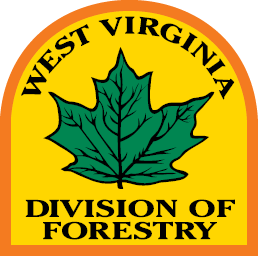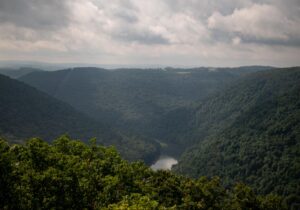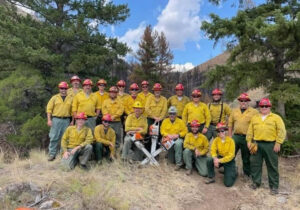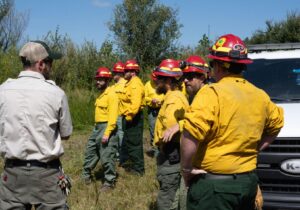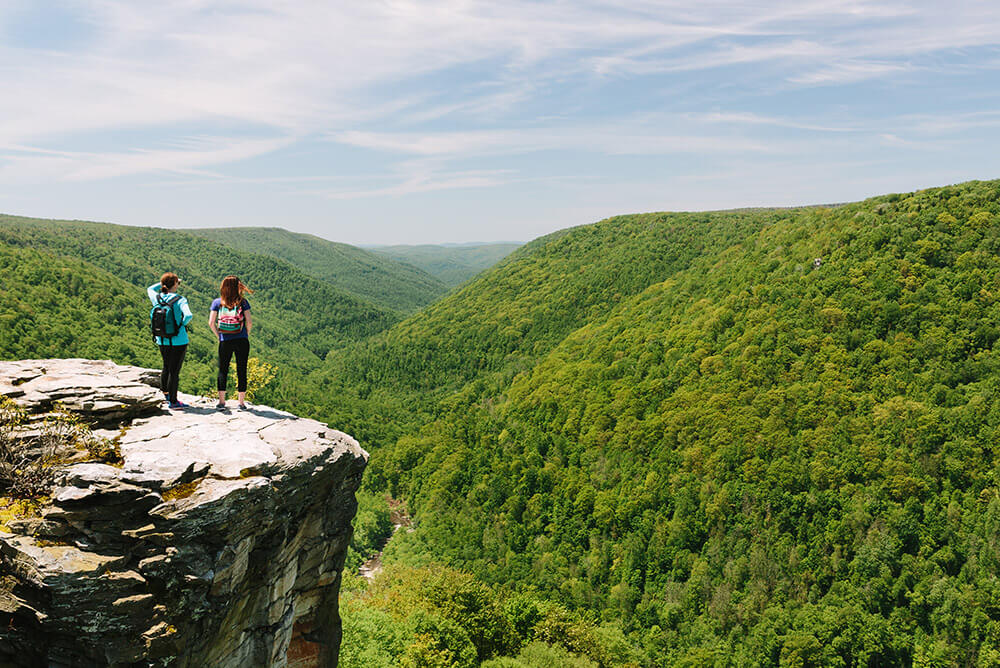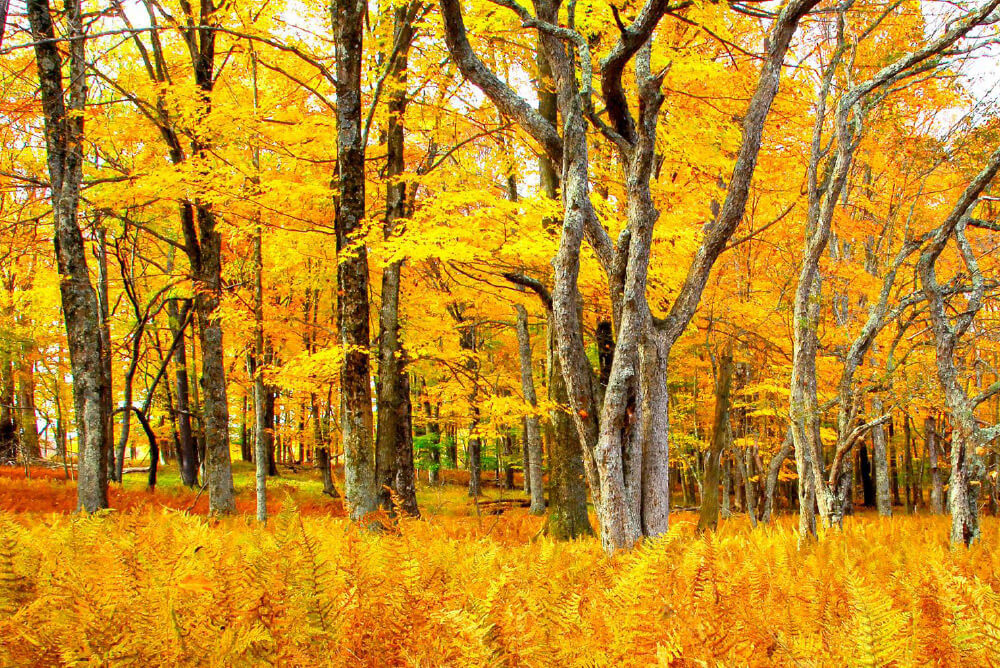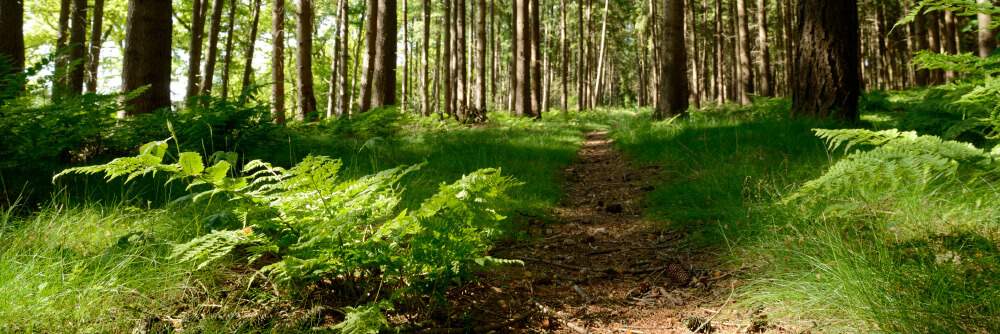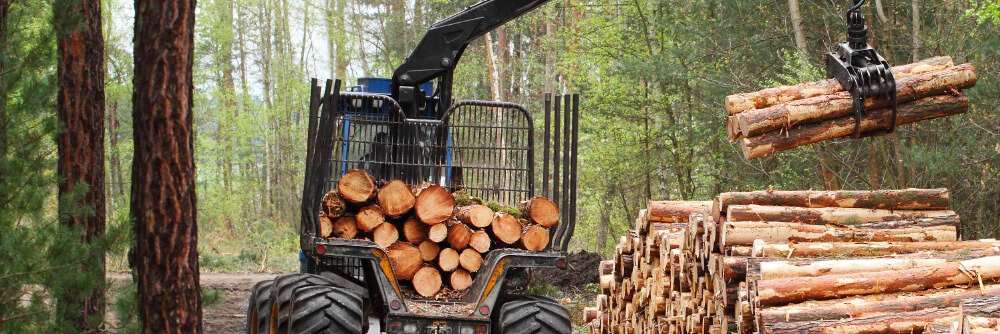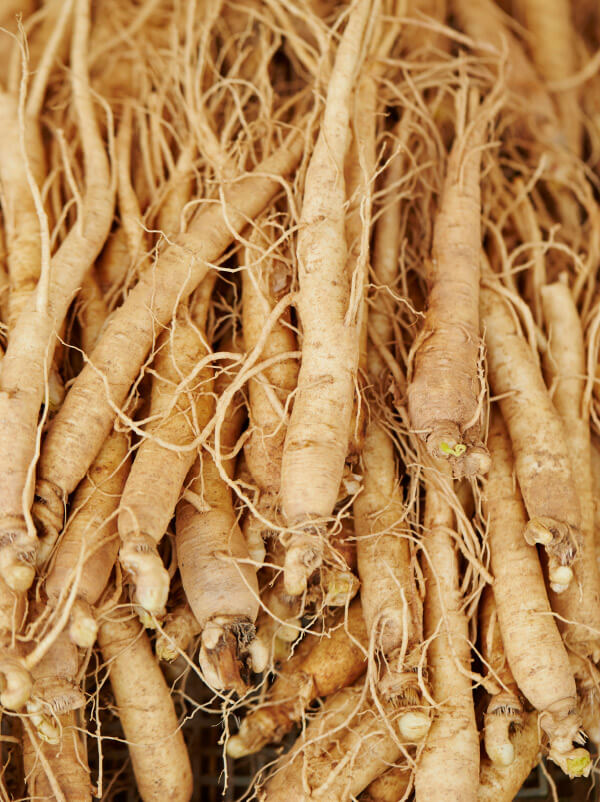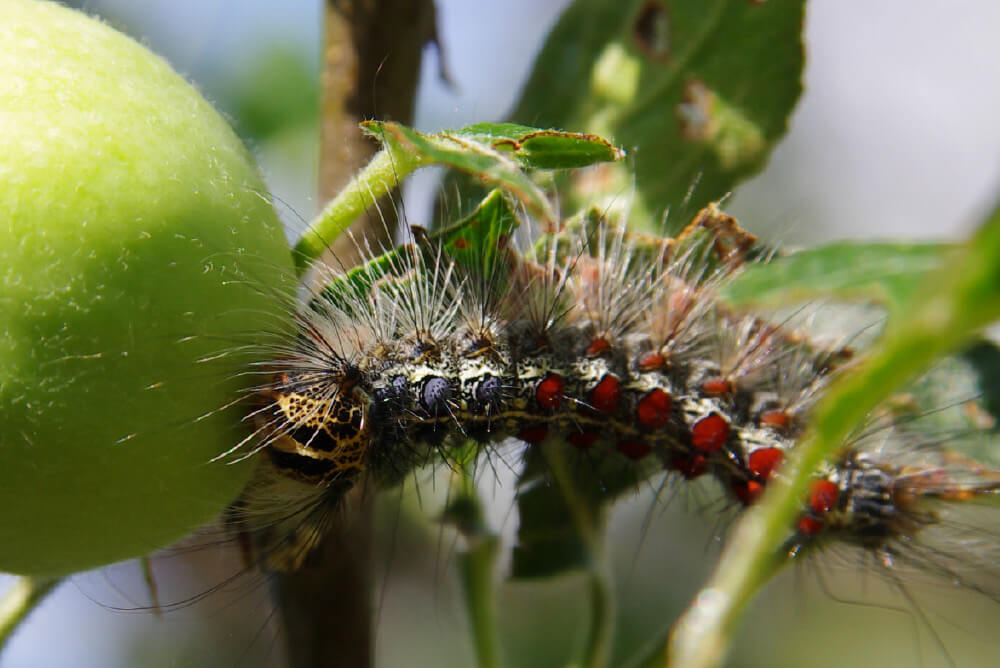Look for these trees in your neighborhood as they transition into spring
Spring is bursting out all over and painting the West Virginia hills with bright splashes of color. Pastel blooms and delicate green leaves are unfurling on trees as they wake from their winter slumber. How many of these tree species have you spotted in your neighborhood?
Redbud
The eastern redbud’s bright fuchsia blooms are often the first color you’ll see among the still-naked trees in early spring. This tree grows to 40 feet and fares best in moist, rich soils — so much so that the early settlers often looked to the presence of redbuds as a sign that the land was good for farming crops. Its sweet flowers are often used as a salad garnish or made into tea or jelly.
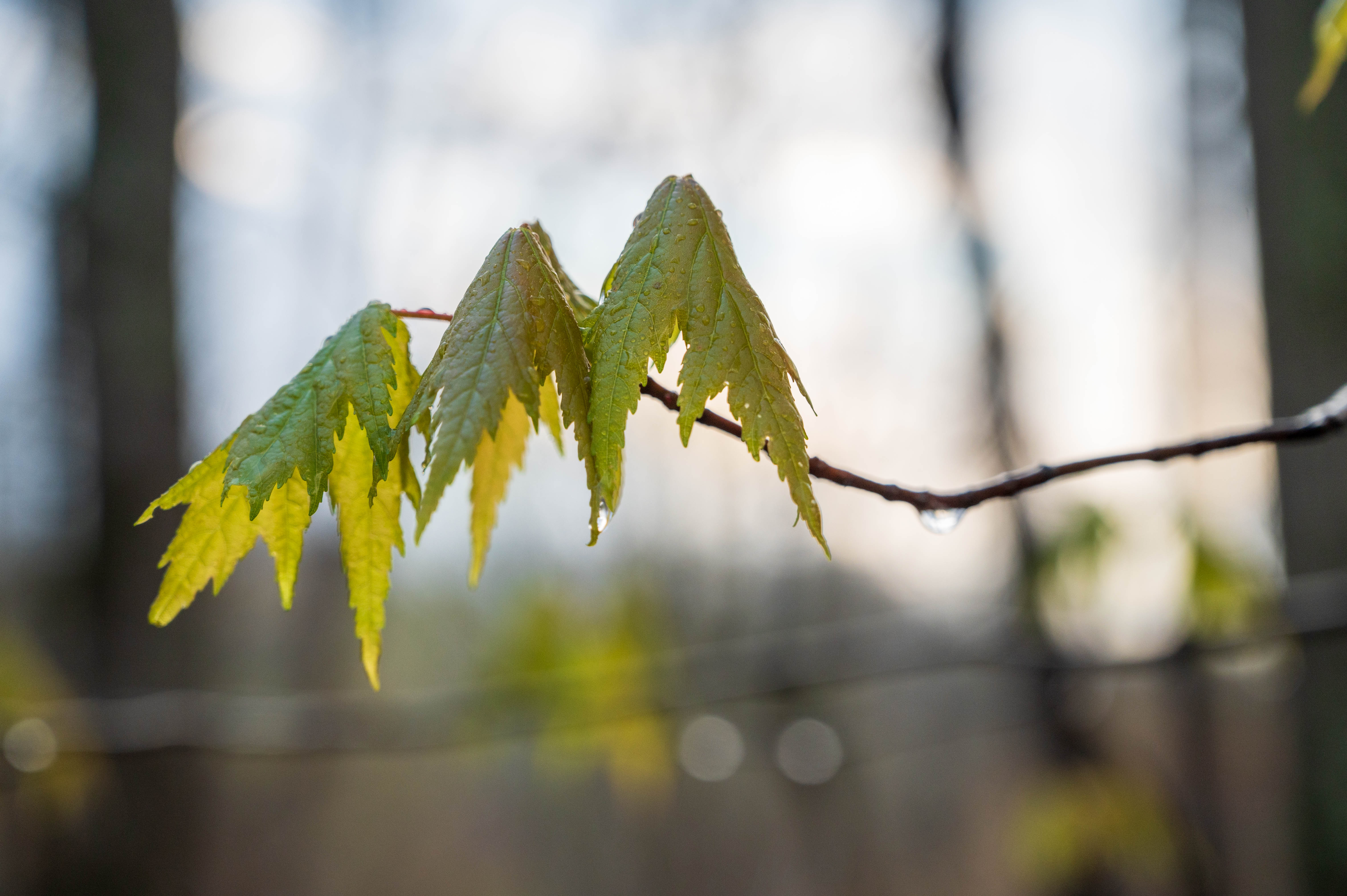
Maple
West Virginia’s maple species are starting to green out now, but their flowers usually appear before the leaves do. Red maples produce clusters of yellow or red flowers. The silver maple’s tiny yellow-green flowers grow on short stalks. And the sugar maple’s bell-shaped yellow-green flowers appear in long, drooping clusters. Prevalent throughout West Virginia, these species typically reach heights of 100 feet and make excellent shade trees.
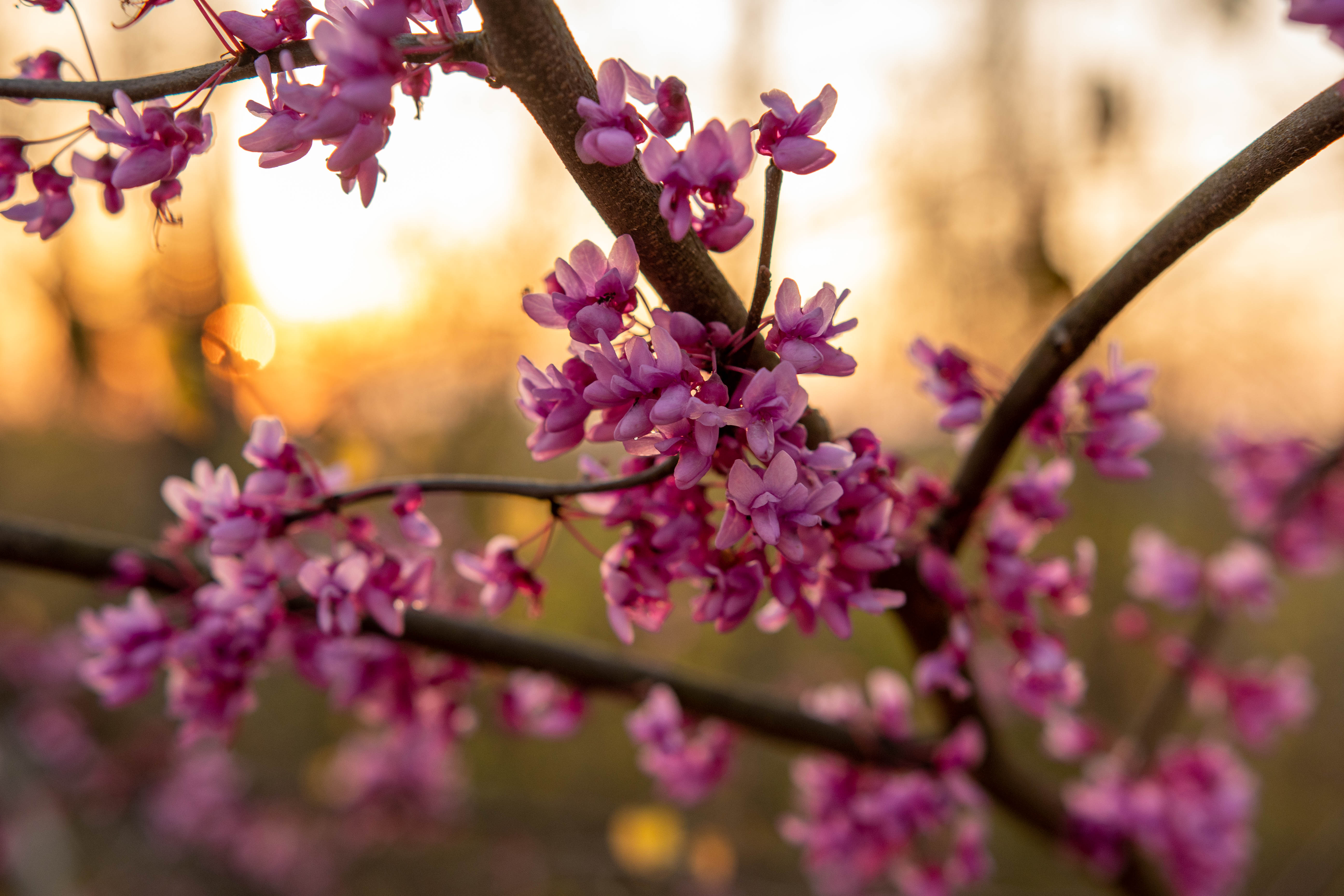
Dogwood
With blooms ranging from creamy white to rich magenta, the flowering dogwood tree is the quintessential symbol of spring. It’s a small tree, typically growing no higher than 40 feet, and often planted as an ornamental. But there’s more to this beautiful tree than just a pretty face. Native Americans used the tree’s aromatic inner bark and roots to make a tea they used to treat malaria and fever. And did you know that the tree got its name from an English species that was used to produce a wash for mangy dogs? Now that’s versatility!
Serviceberry
The downy serviceberry produces clusters of delicate white blooms. It is a small tree, growing to about 40 feet, and thrives in moist woods. Oldtimers refer to this tree as serviceberry because its fruit ripens in June around the same time traveling preachers began holding their revivals (outdoor services) in the hills and hollows of Appalachia. The tree’s deep purple berries are edible and taste like a mashup of strawberry and blueberry.
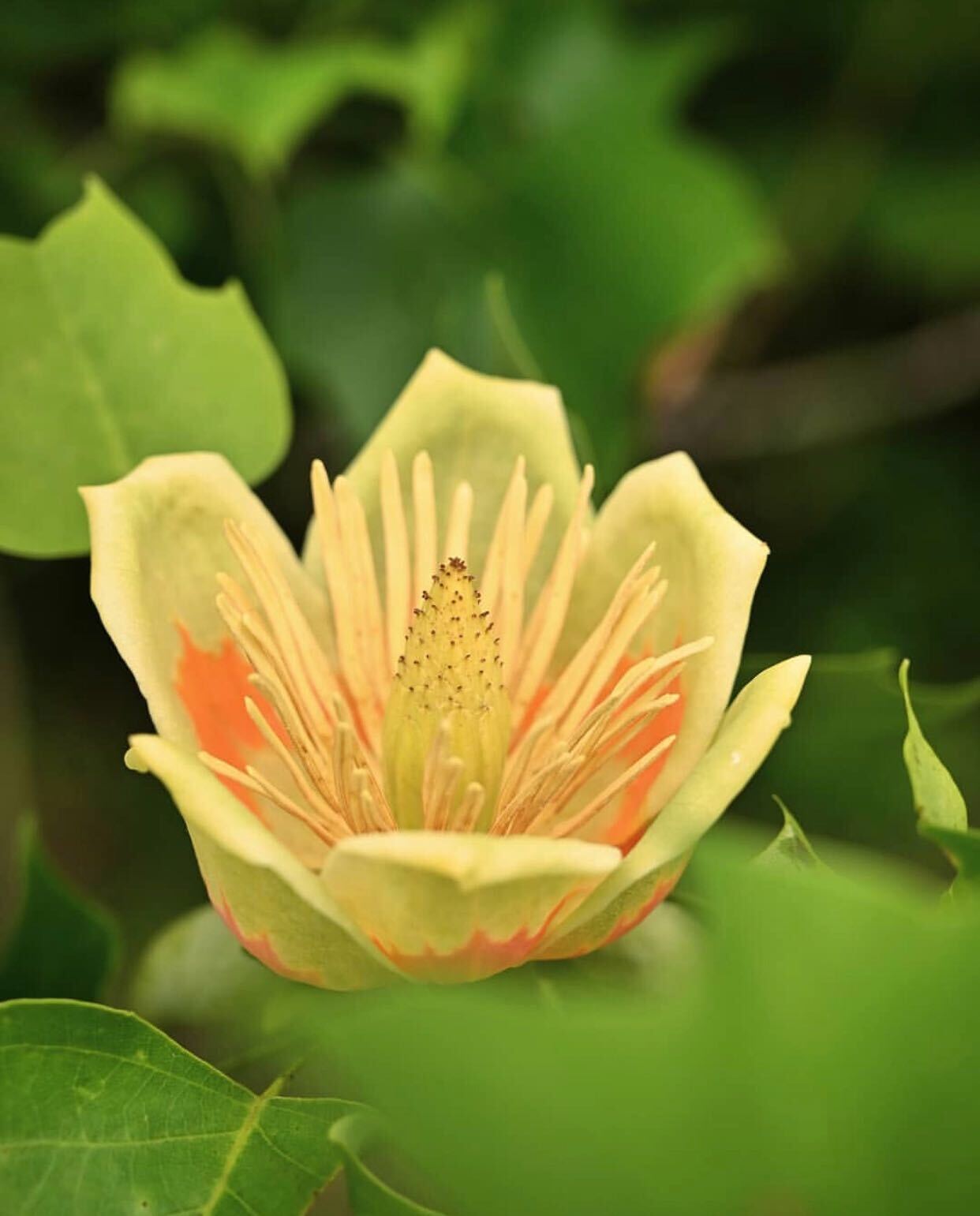
Tulip Poplar
The tulip poplar gets its name from its large, tulip-shaped, yellow-and-orange flowers that bloom in early spring. This hardy tree reaches heights of 140 feet or more. Native Americans and early settlers used these trees to make canoes, hollowing them out from a single log. Today, the tulip polar is one of the most abundant timber trees in West Virginia.
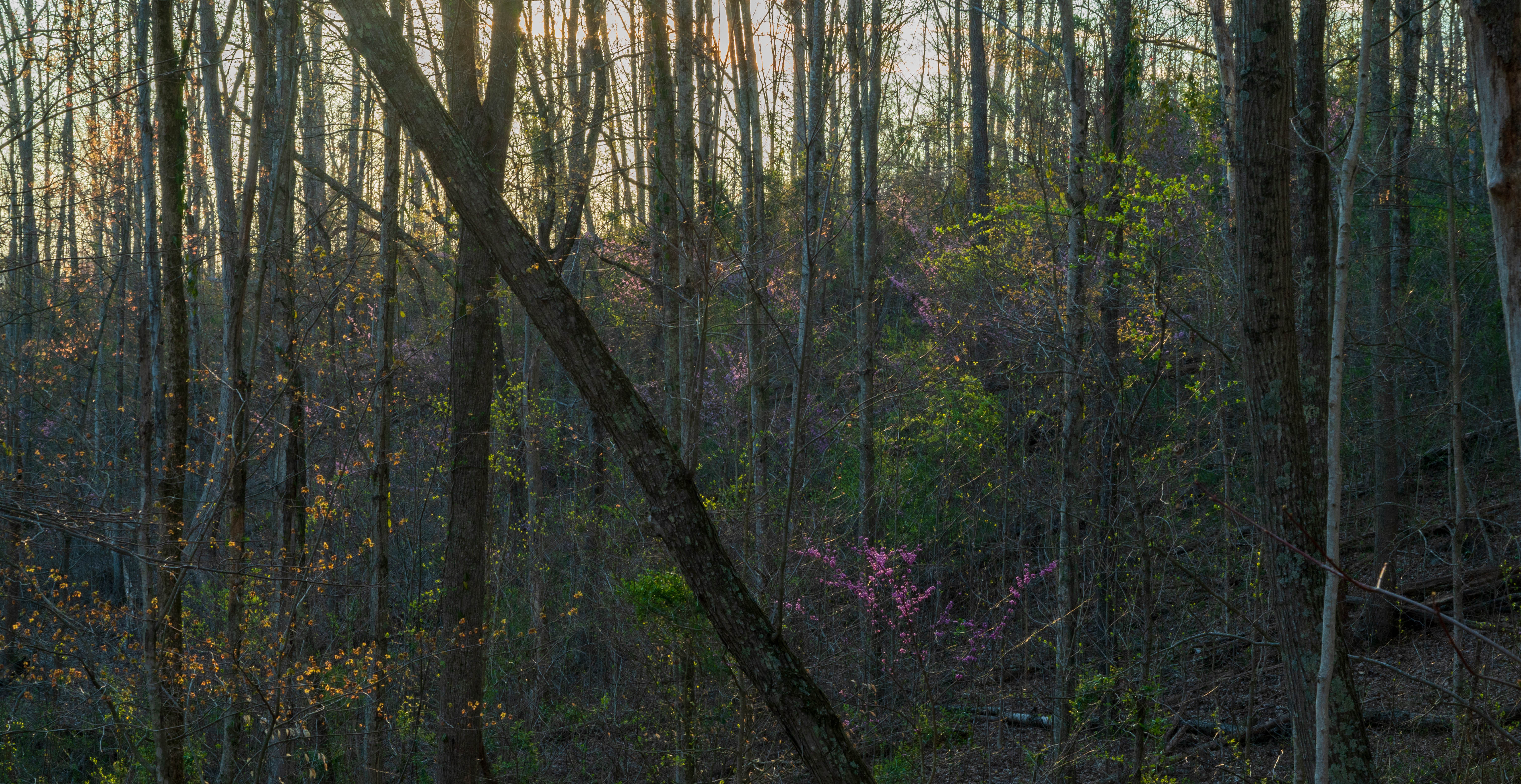
A multifunctional role in the ecosystem
While these native trees are all lovely to look at and provide numerous uses for humans, from lumber to pie fillings, we are not the only ones who benefit from them. The fruits, blooms, twigs and leaves of these trees also provide food for a wide variety of wildlife, while their branches offer nesting sites and shelter from wind and rain.
What trees have you spotted blooming in your neighborhood this spring? Download West Virginia’s free tree identification guide here and and see how many species you can check off!
